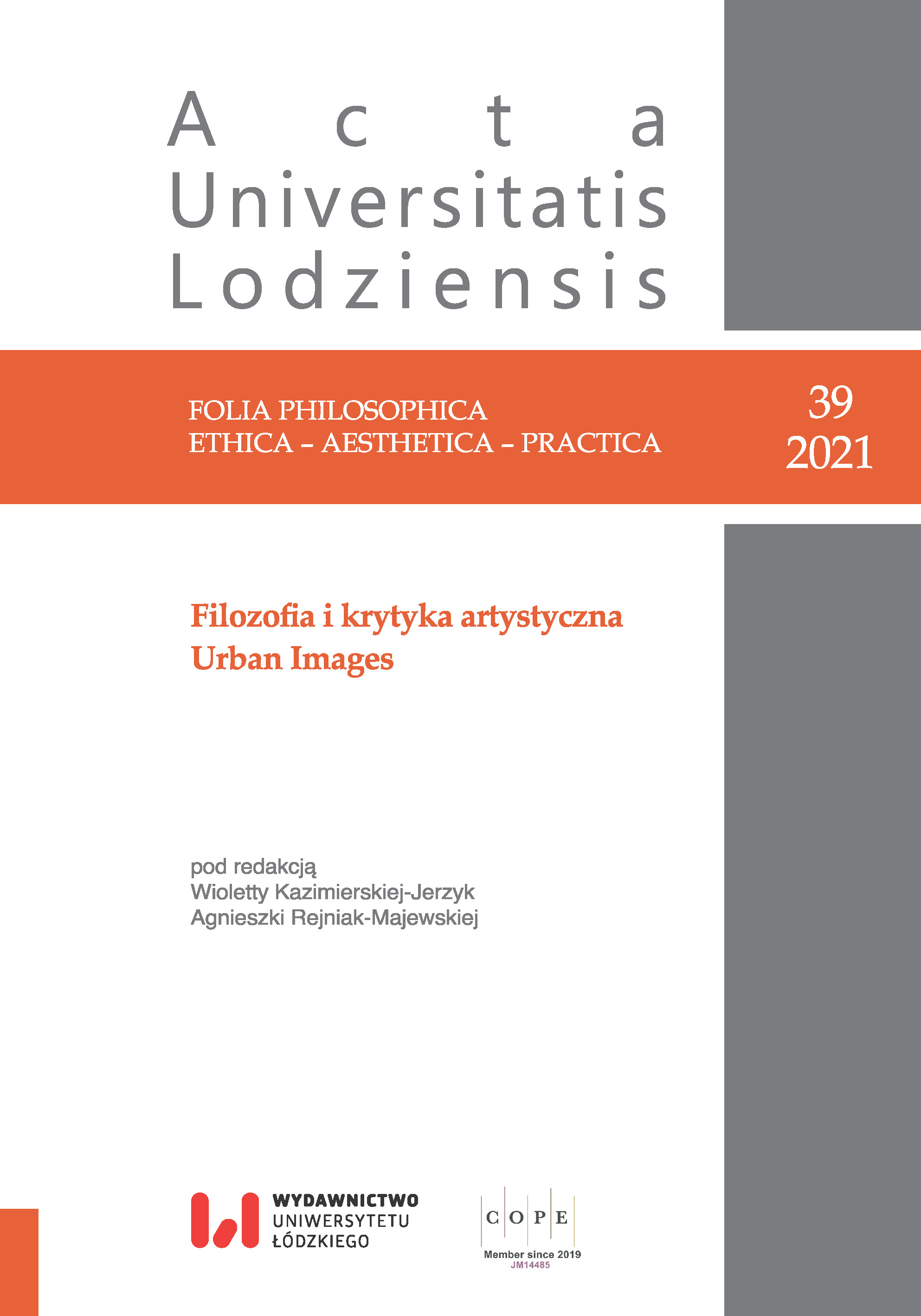El refugio cultural festival, graffiti and urban art in the historic centre of Puebla in Mexico
El refugio cultural festival, graffiti and urban art in the historic centre of Puebla in Mexico
Author(s): Gustavo Valencia Jiménez, Adriana Hernández Sánchez, Christian Enrique De La Torre SánchezSubject(s): Social Sciences, Fine Arts / Performing Arts
Published by: Wydawnictwo Uniwersytetu Łódzkiego
Keywords: public space; graffiti; cultural festival; historic centre; urban art
Summary/Abstract: Heritage of Humanity in 1987; its history dates back to the sixteenth century allowing for the preservation of various important buildings, such as churches with baroque and neoclassical facades, buildings from the period known as Novo Hispanics, when some of its historic neighbourhoods were founded, including the Barrio el Refugio, hereinafter referred to as BR, where indigenous people employed in the lime manufacture used to live. Since those times, however, the neighbourhood has become a place with bad reputation, “a den of thieves” (Leicht). The traditional, religious commemoration, the “Fiesta Patronal de la Virgen del Refugio,” is the most important celebration in the neighbourhood. In the Church of La Virgen del Refugio, built in the seventeenth century after an inhabitant painted a mural with the image of the virgin, the “mañanitas” are sung with the Mariachi. During the patronal feast, the “El Refugio Cultural Festival” is held with more than a hundred artists taking part and creating about a thousand murals according to the organiser’s estimation. This happens in the city where a project “Puebla Ciudad Mural” was started, as an initiative of the “Colectivo Tomate,” which sought to regenerate the neighbourhood through art, in alliance with the government and private companies. However, these policies are more tourist oriented rather than benefit the neighbourhood. For this reason, the graffiti movement “Festival Cultural el Refugio” is becoming a meeting point for urban artists from Mexico and Puebla, accustomed to taking up public or private space, as they demand space where they can live and express themselves. For ten years the festival has realised more than one thousand pieces of urban art, including Wild Style graffiti, bombs, stickers, stencil, and murals. All this is done under the patronage of the artists themselves, as three hundred of them come from all over the country to take part in every edition of the festival that does not receive any government support or other form of sponsorship.
Journal: Acta Universitatis Lodziensis. Folia Philosophica. Ethica - Aesthetica - Practica
- Issue Year: 2021
- Issue No: 39
- Page Range: 91-111
- Page Count: 21
- Language: English

